Central Poststroke Pain Syndrome
Central poststroke pain syndrome. Middle cerebral artery MCA stroke describes the sudden onset of focal neurologic deficit resulting from brain infarction or ischemia in the territory supplied by the MCA. The onset of pain may be delayed the commonest example being central poststroke pain thalamic which may start months or years after the initiating stroke. Each of the five classical lacunar syndromes has a relatively distinct symptom complex.
Symptoms may occur suddenly progressively or in a fluctuating manner eg. Unlike cortical strokes patients with lacunar stroke. A large portion of the central nervous system is dedicated to vision and therefore strokes have a high likelihood of involving vision in some way.
The MCA is by far the largest cerebral artery and is the vessel most commonly affected by cerebrovascular accident. Pain is often of mixed nociceptive and neuropathic types for example mechanical spinal pain with radiculopathy or myelopathy. Distinguish based on description of the abnormal movement if the HMD consists of tremors jerky or shock like movements tics or abnormal postures.
The capsular warning syndrome see transient ischemic attack. Transient vision problems can likewise be a harbinger of stroke and prompt evaluation after recognition of visual symptoms can prevent future vascular injury. Essentials of Assessment History.
Lacunar stroke syndrome LACS is a description of the clinical syndrome that results from a lacunar infarct. The associated characteristics of patients who display this phenomenon have been a topic of debate from the time Davies defined it as the pusher syndrome 9 Davies observed that neglect of the physical and environmental space on the hemiplegic side and the predominance of right brain lesion characterized this syndrome 9 Several. Vision loss can be the most disabling residual effect after a cerebral infarction.
Growing and aging with a generalized dystonia can result in joint contractures chronic pain nerve compression spondylosis vascular compromise and dysphagia.
The MCA is by far the largest cerebral artery and is the vessel most commonly affected by cerebrovascular accident.
The MCA is by far the largest cerebral artery and is the vessel most commonly affected by cerebrovascular accident. Distinguish based on description of the abnormal movement if the HMD consists of tremors jerky or shock like movements tics or abnormal postures. The associated characteristics of patients who display this phenomenon have been a topic of debate from the time Davies defined it as the pusher syndrome 9 Davies observed that neglect of the physical and environmental space on the hemiplegic side and the predominance of right brain lesion characterized this syndrome 9 Several. Symptoms may occur suddenly progressively or in a fluctuating manner eg. Lacunar stroke syndrome LACS is a description of the clinical syndrome that results from a lacunar infarct. Essentials of Assessment History. A large portion of the central nervous system is dedicated to vision and therefore strokes have a high likelihood of involving vision in some way. The onset of pain may be delayed the commonest example being central poststroke pain thalamic which may start months or years after the initiating stroke. Growing and aging with a generalized dystonia can result in joint contractures chronic pain nerve compression spondylosis vascular compromise and dysphagia.
Essentials of Assessment History. The associated characteristics of patients who display this phenomenon have been a topic of debate from the time Davies defined it as the pusher syndrome 9 Davies observed that neglect of the physical and environmental space on the hemiplegic side and the predominance of right brain lesion characterized this syndrome 9 Several. Middle cerebral artery MCA stroke describes the sudden onset of focal neurologic deficit resulting from brain infarction or ischemia in the territory supplied by the MCA. Unlike cortical strokes patients with lacunar stroke. Transient vision problems can likewise be a harbinger of stroke and prompt evaluation after recognition of visual symptoms can prevent future vascular injury. Distinguish based on description of the abnormal movement if the HMD consists of tremors jerky or shock like movements tics or abnormal postures. Essentials of Assessment History.
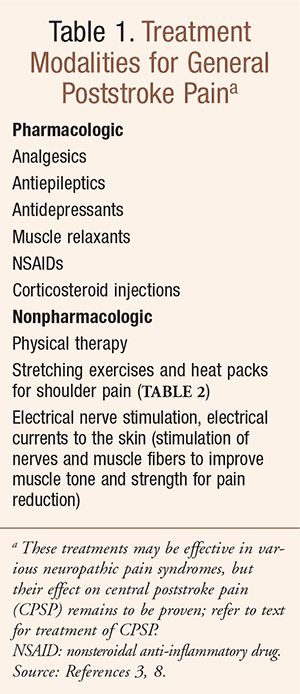

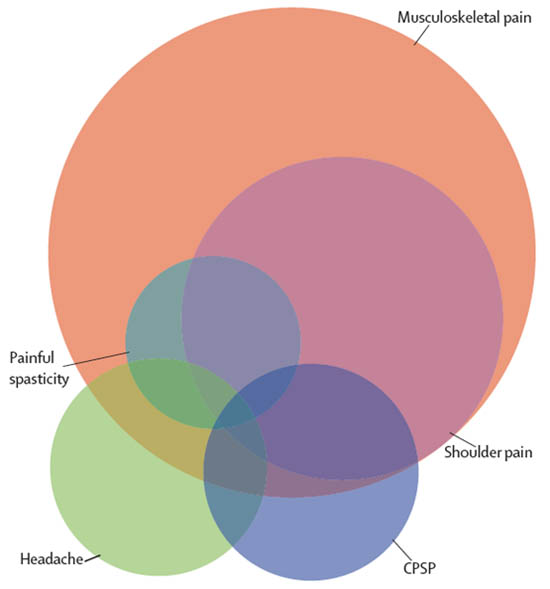
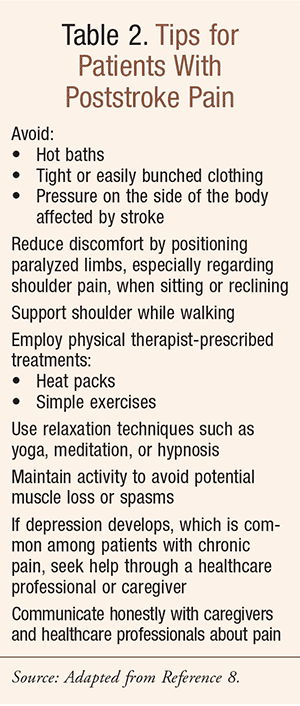

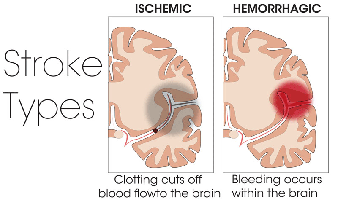
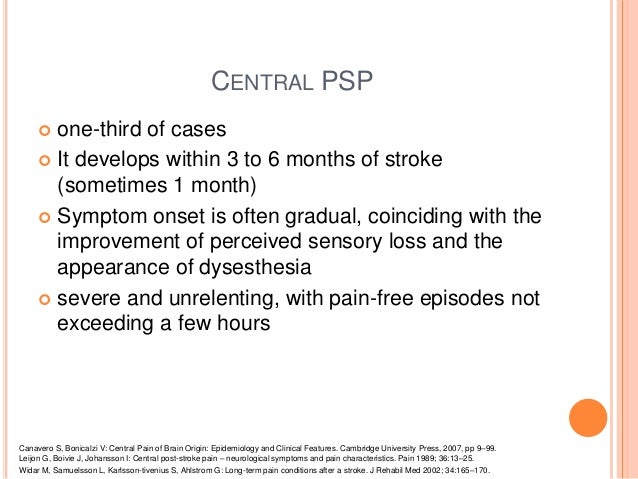



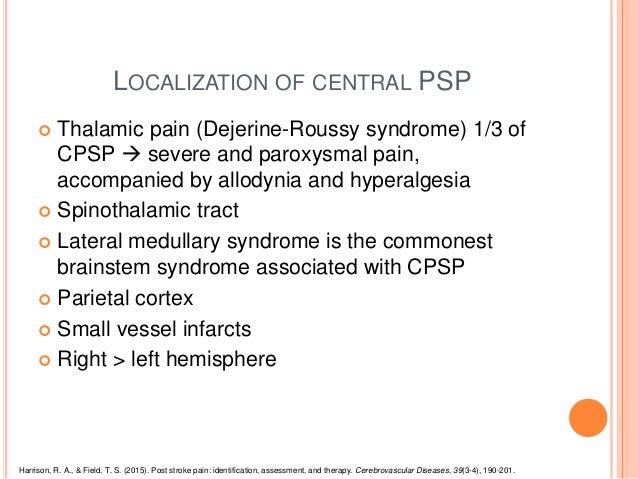


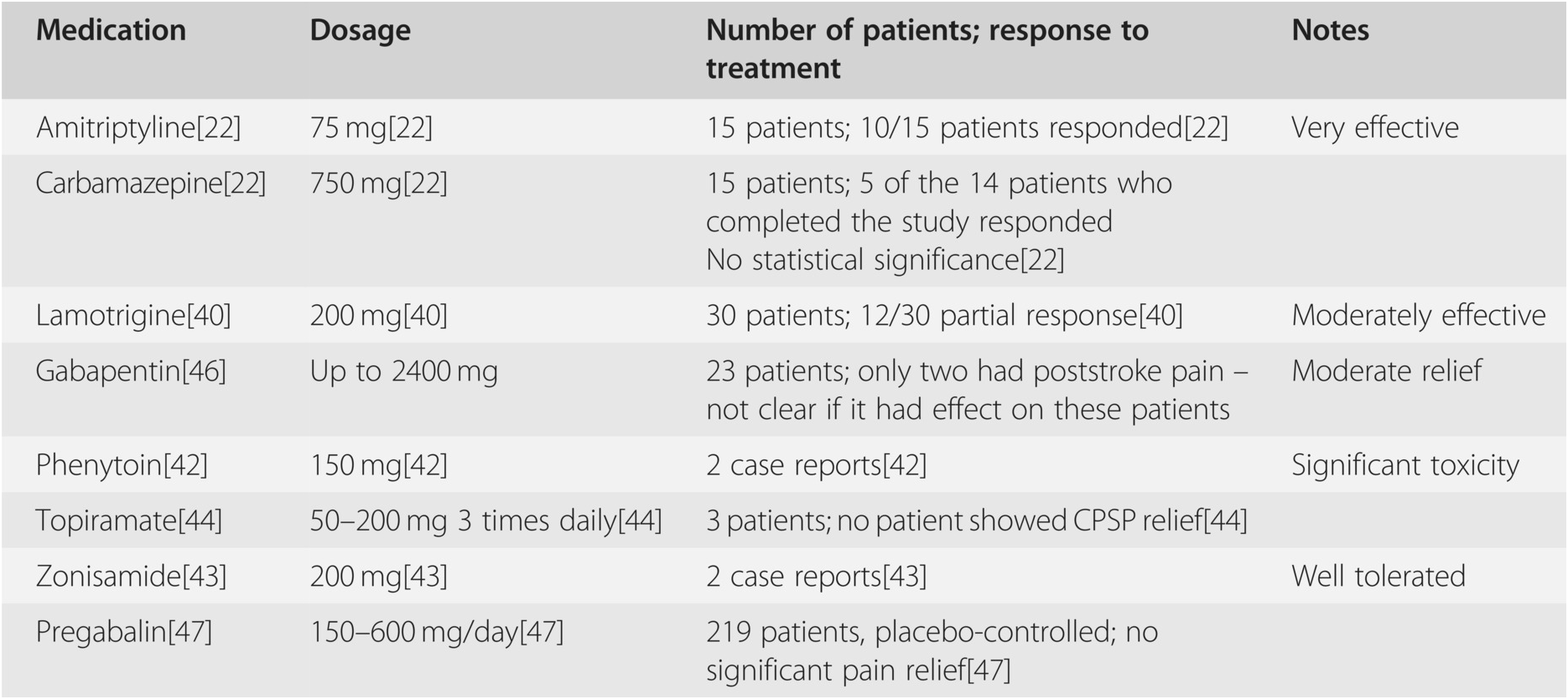


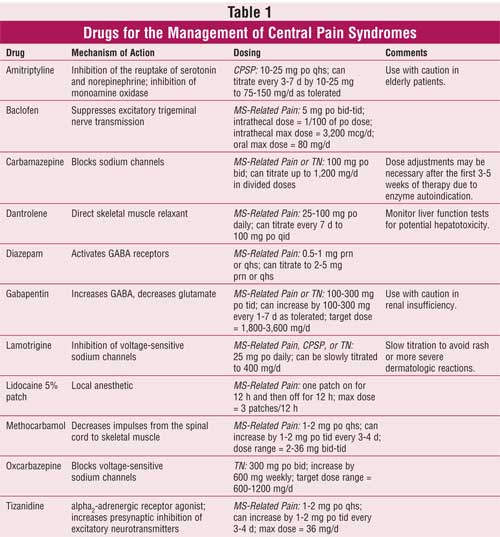
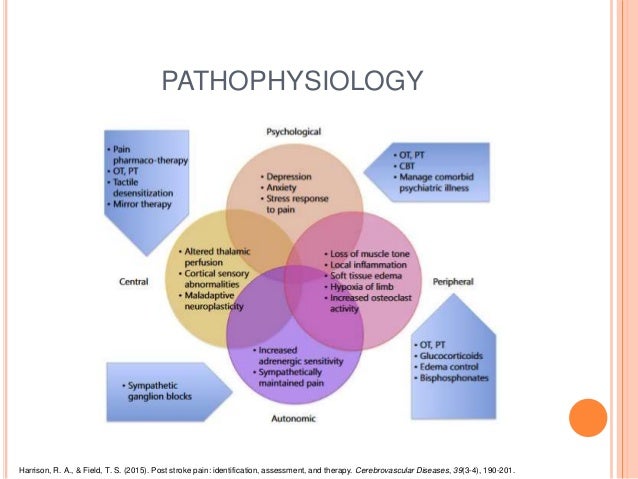






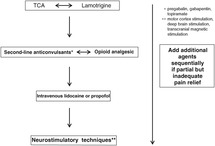
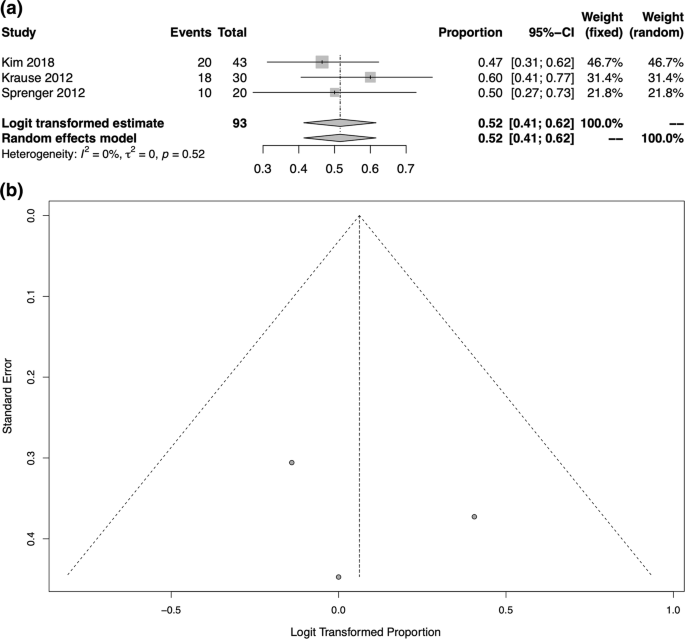
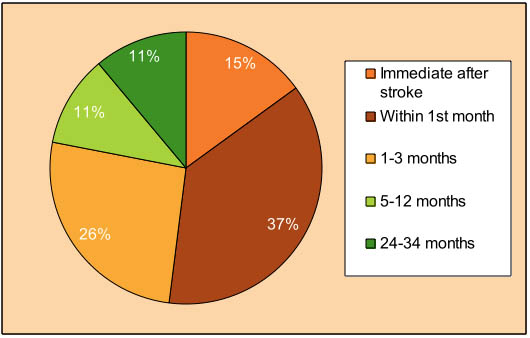
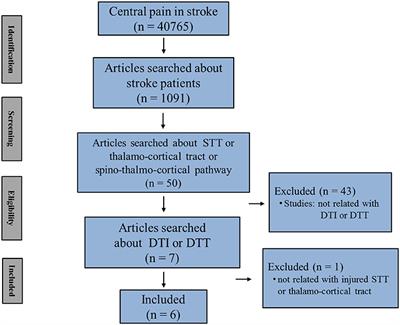

/stroke-56a80d425f9b58b7d0f03527.jpg)

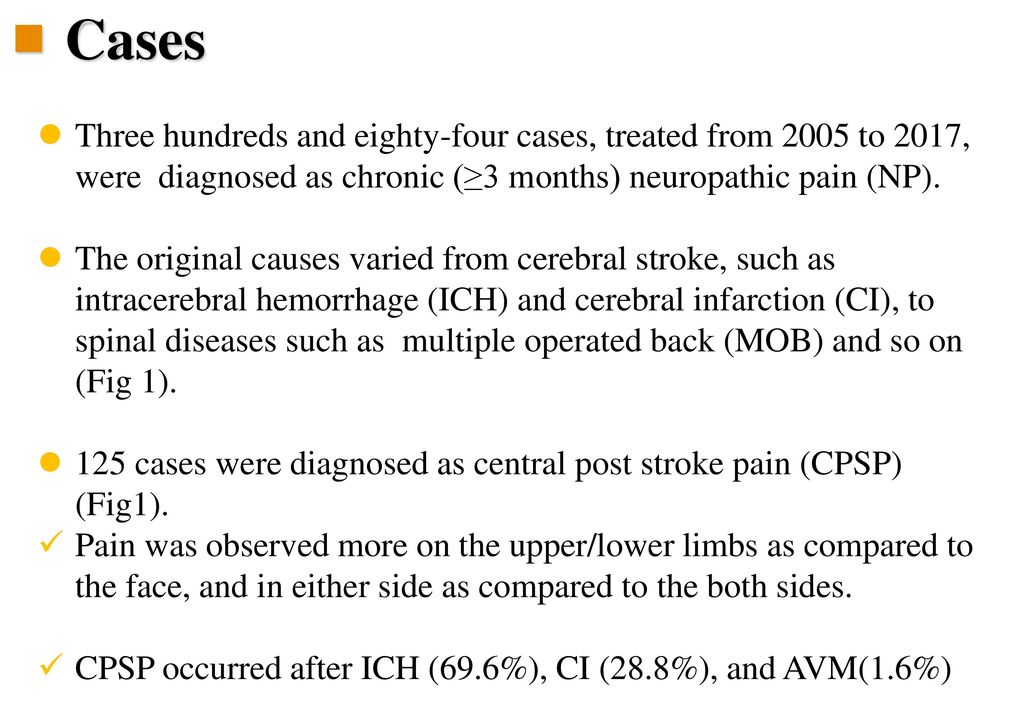
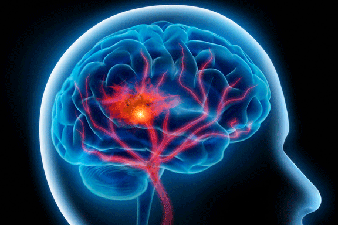
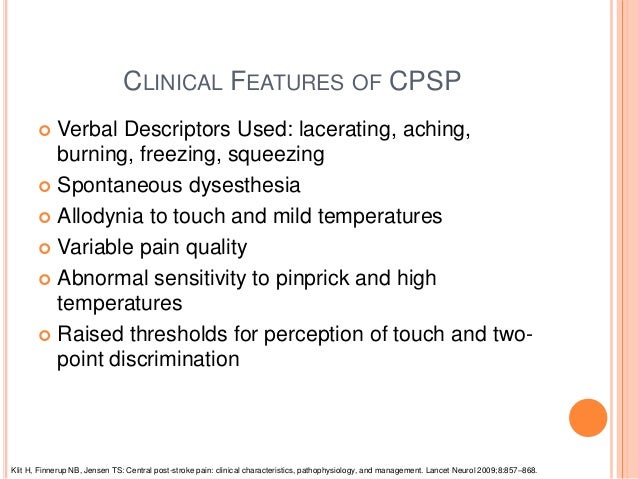






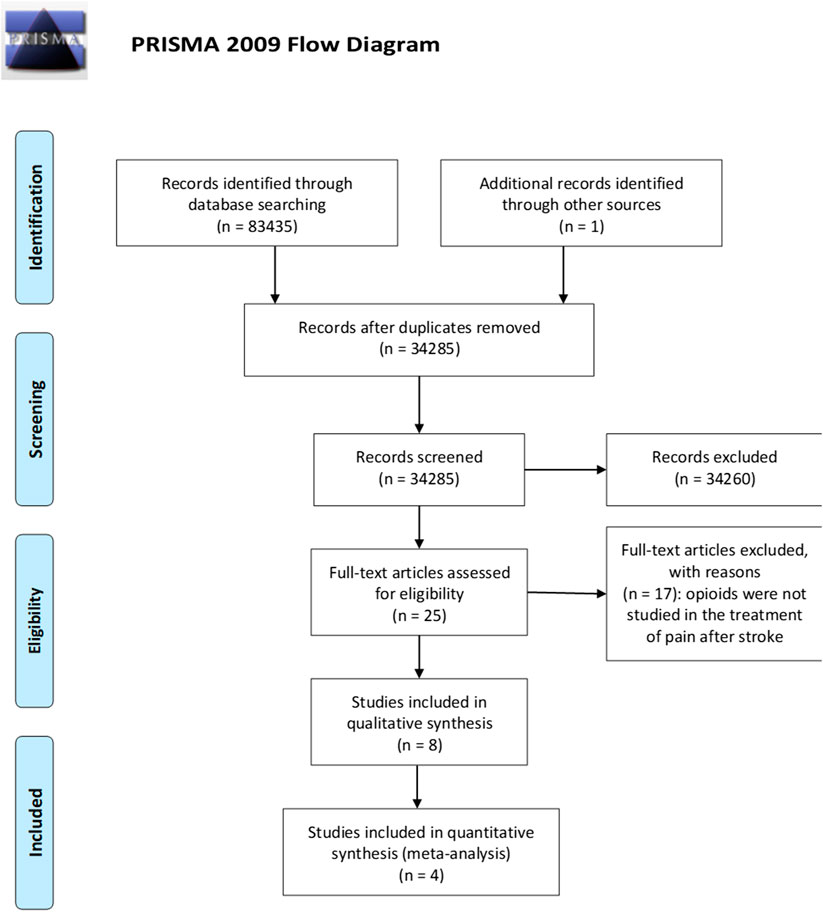

Post a Comment for "Central Poststroke Pain Syndrome"